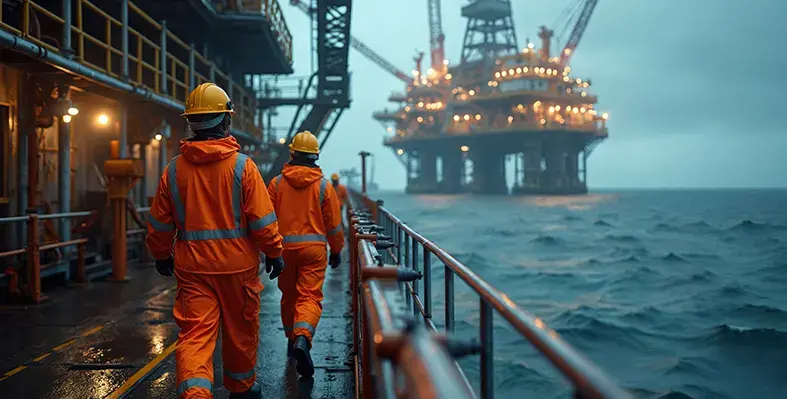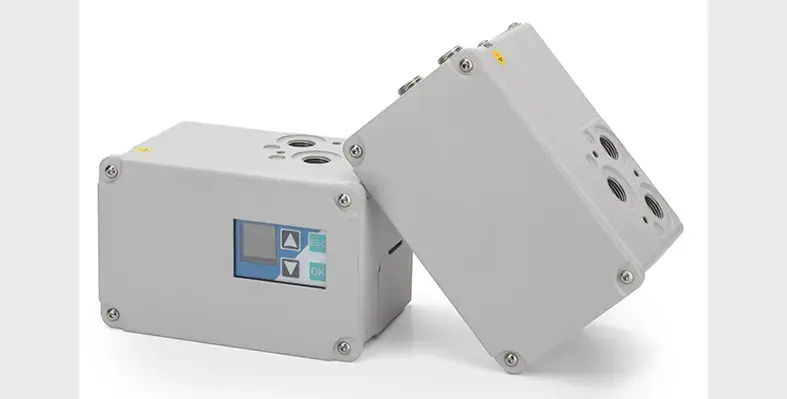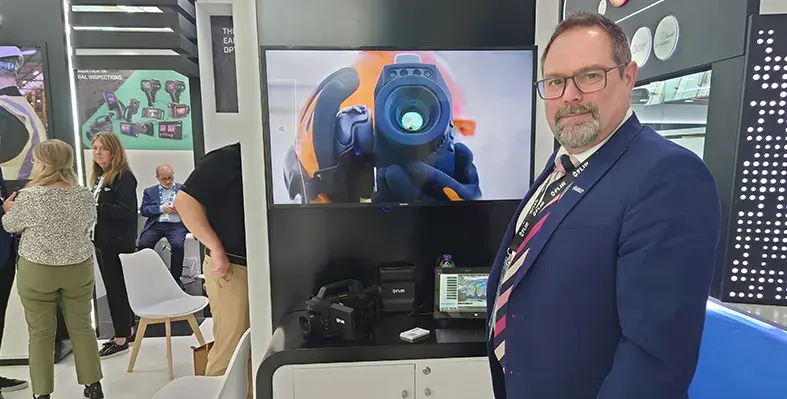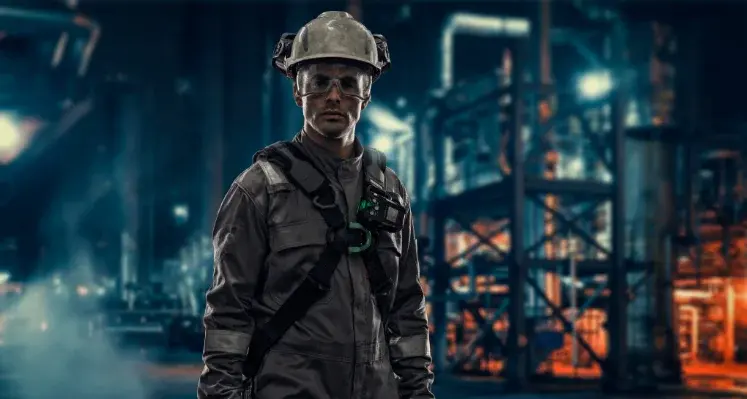
BOSIET training equips offshore workers with the necessary skills to work safety and effectively. (Image source: Adobe Stock)
As offshore projects continue to expand in the Middle East, the demand for skilled personnel trained in safety protocols and emergency response grows. One critical aspect of this preparation is the BOSIET training, a certification that ensures new staff are adequately prepared for the demanding and hazardous nature of offshore assignments
In this article, we will explore why BOSIET training is essential for offshore workers in the Middle East and how it helps equip them with the necessary skills to work safely and effectively.
Understanding the BOSIET training programme
BOSIET, which stands for Basic Offshore Safety Induction and Emergency Training, is an essential certification for anyone entering the offshore oil and gas industry. The program is designed to ensure that offshore workers are well-prepared to handle emergency situations while also familiarising them with the specific hazards associated with offshore operations. The training covers a wide range of safety protocols, including sea survival techniques, fire safety, first aid, and helicopter safety, to name just a few.
For workers heading to offshore sites in the Middle East, where extreme weather conditions and harsh environments are common, BOSIET training becomes even more crucial. The training provides individuals with the skills needed to survive in emergency scenarios, evacuate effectively, and understand the operational procedures to mitigate risks. Completing BOSIET training ensures that workers not only know how to operate safely but also how to react promptly and correctly in life-threatening situations.
Why BOSIET training is essential for offshore workers in the Middle East
The Middle East is home to some of the largest offshore oil and gas projects globally, including the Gulf countries, where large-scale offshore drilling and extraction operations are a significant part of the energy sector. The region presents unique challenges, such as extreme temperatures, difficult terrain, and complex offshore structures, that require a well-prepared and competent workforce.
When employees undergo BOSIET training, they gain knowledge of vital safety measures, emergency protocols, and survival techniques. In the Middle East, where offshore projects often operate in remote locations, workers need to be self-sufficient and confident in handling potential hazards. The training focuses on a variety of scenarios that might occur on offshore platforms, ensuring that workers are prepared for any emergency that may arise during their assignments. With BOSIET training, workers understand how to use safety equipment, manage evacuation drills, and respond to fires, chemical spills, and other emergencies.
The role of BOSIET training in promoting safety on offshore sites
Having a fully trained workforce significantly reduces the risk of accidents, injuries, and fatalities. In high-risk environments like offshore oil rigs, preventing accidents is key to maintaining productivity.
By ensuring that all staff have completed BOSIET training, employers demonstrate their commitment to safety while adhering to regulatory requirements. In fact, many offshore oil and gas companies in the Middle East require new staff to complete BOSIET certification before they can begin work on site. This ensures everyone on the platform is fully prepared for the risks they may encounter.
How to enroll in BOSIET training for offshore assignments
For individuals looking to pursue a career in offshore oil and gas, obtaining BOSIET training is the first step toward securing a role on an offshore platform. Training providers such as FMTC safety in the Middle East offer BOSIET courses, typically involving both classroom learning and hands-on exercises. These courses are designed to meet international standards and ensure workers receive comprehensive and globally recognised certification.
Conclusion
BOSIET training remains a most important step for anyone entering offshore work in the Middle East. It prepares workers to handle emergencies, understand operational risks and maintain safety in demanding offshore environments. With accredited providers such as FMTC Safety, workers receive hands on offshore challenges hence facing offshore operations confidently while effectively contributing successfully towards major energy projects across the region.












